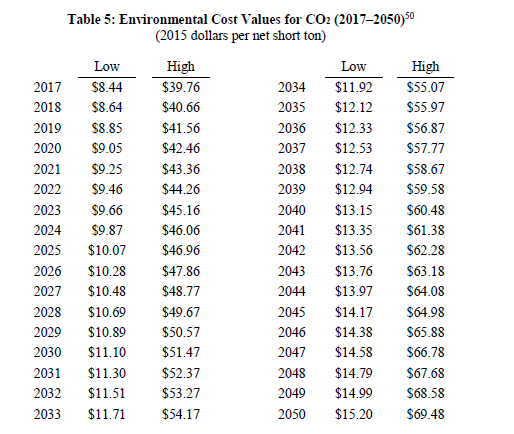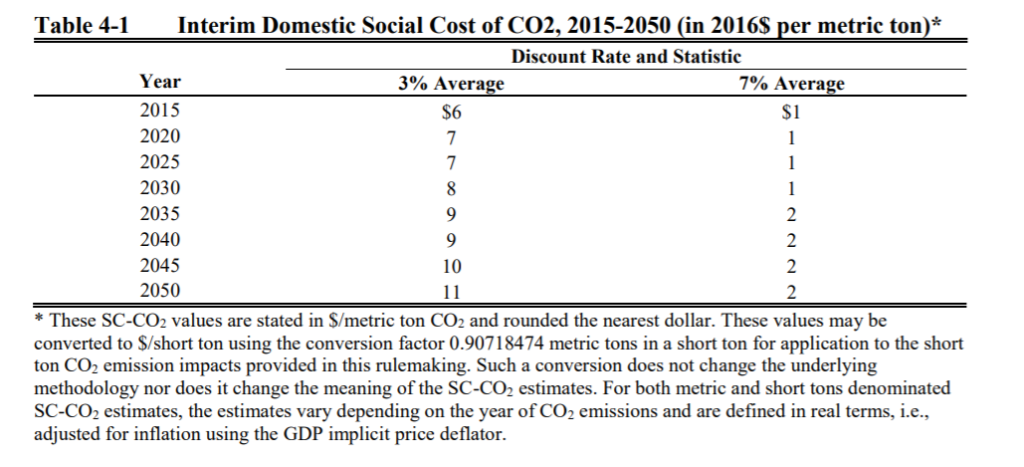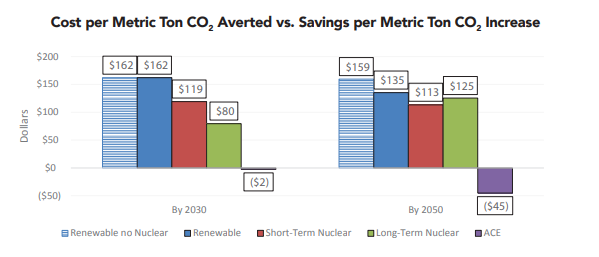Study Finds Carbon Dioxide Taxes Reduce Industrial Competitiveness: Implications for Minnesota
A newly-released study from the National Bureau of Economic Research (NBER) found that state-level carbon dioxide taxes and pricing schemes harm industrial competitiveness in the jurisdictions they are enacted. This has important implications for Minnesota because manufacturing is the single-largest private-sector component of Minnesota’s economy, accounting for $49.2 billion in annual economic activity, which is about 16 percent of Minnesota’s total gross domestic product (GDP).
The NBER study concludes that enacting a carbon price of $10 per metric ton reduces employment in the regulated region by 2.7 percent, and raises employment in nearby states by 0.8 percent and the effects on output and profits are broadly similar. NBER found national employment falls just 0.1 percent, suggesting that domestic plants in other states as opposed to foreign facilities are the principal winners from state or regional carbon pricing.
In essence, this means that pricing carbon dioxide emissions drives out companies in the industrial sector, who take refuge from higher prices in neighboring states. This has important implications for Minnesota because of its proximity to states like North Dakota, which have much lower energy costs.
Minnesota does not have an official carbon tax, but it does have a hidden one known as the Social Cost of Carbon (SCC), which is used to justify the premature closure of our affordable, reliable, existing coal fleet by utilities like Xcel Energy.
The SCC essentially acts as a “cost,” on paper at least, that makes it appear as if coal is more expensive than other types of electricity generation. You can see the SCC values used in Minnesota, which was developed by the Public Utilities Commission, below.

As you can see, the Minnesota SCC artificially inflates the perceived cost of using our existing coal plants by adding anywhere between $9.05 and $42.46 cents per ton of carbon dioxide emitted in 2020. Because coal emits roughly one ton of carbon dioxide per megawatt hour of electricity produced, this accounting fiction greatly exaggerates the cost of using coal into the future.
When renewable energy special interest groups talk about the so-called benefits of switching to wind or solar, they tend to bake the SCC estimates into their assessment of the benefits. There are problems with the PUC’s SCC estimates, though, because the Minnesota PUC’s SCC values estimate the global “benefits” of not emitting a ton of carbon dioxide, rather than calculating the benefits that would actually be accrued in Minnesota.
Because greenhouse gas emissions mix evenly in the atmosphere, this means the large, additional costs of foregoing the use of low-cost electricity generators, like coal-fired power plants, are hyper-local, whereas the “benefits,” are spread throughout the globe. The SCC calculus would change dramatically if the PUC adjusted its SCC values to reflect benefits accrued in the United States, let alone Minnesota.
For example, the Trump administration revised the SCC values published by the Obama administration to only account for benefits accrued in the United States, as well as using more-realistic measurements of opportunity costs. As a result, the SCC falls to $1 or $2 per ton through 2050, meaning there is no benefit to reducing carbon dioxide emissions if the cost of doing so exceeds $2 per ton.

These numbers would be even smaller if we accounted for benefits that would only accrue in Minnesota, which means mandating more wind and solar on the grid would be a massive economic loser for the state. For example, our study, Doubling Down on Failure, found it would cost more than $130 per ton of carbon dioxide averted to implement a grid powered by 50 percent wind and solar.

This means the cost of mandating the use of expensive, intermittent renewable energy sources to reduce carbon dioxide emissions will dramatically exceed the benefits of doing so, even at the PUC’s high-end estimates for the SCC. This would have a negative impact on Minnesota manufacturing, which employed 319,000 people in 2017, the equivalent of 13 percent of the state’s private-sector workforce.